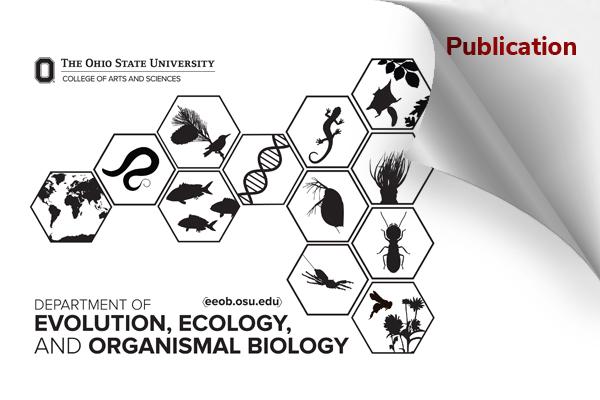EEOB Publication - Berger-Wolf

Prompt-CAM: Making Vision Transformers Interpretable for Fine-Grained Analysis
Arpita Chowdhury, Dipanjyoti Paul, Zheda Mai, Jianyang Gu, Ziheng Zhang, Kazi Sajeed Mehrab, Elizabeth G. Campolongo, Daniel Rubenstein, Charles V. Stewart, Anuj Karpatne, Tanya Berger-Wolf, Yu Su, Wei-Lun Chao. 2025. DOI:10.48550/arXiv.2501.09333
We present a simple approach to make pre-trained Vision Transformers (ViTs) interpretable for fine-grained analysis, aiming to identify and localize the traits that distinguish visually similar categories, such as bird species. Pre-trained ViTs, such as DINO, have demonstrated remarkable capabilities in extracting localized, discriminative features. However, saliency maps like Grad-CAM often fail to identify these traits, producing blurred, coarse heatmaps that highlight entire objects instead. We propose a novel approach, Prompt Class Attention Map (Prompt-CAM), to address this limitation. Prompt-CAM learns class-specific prompts for a pre-trained ViT and uses the corresponding outputs for classification. To correctly classify an image, the true-class prompt must attend to unique image patches not present in other classes' images (i.e., traits). As a result, the true class's multi-head attention maps reveal traits and their locations. Implementation-wise, Prompt-CAM is almost a ``free lunch,'' requiring only a modification to the prediction head of Visual Prompt Tuning (VPT). This makes Prompt-CAM easy to train and apply, in stark contrast to other interpretable methods that require designing specific models and training processes. Extensive empirical studies on a dozen datasets from various domains (e.g., birds, fishes, insects, fungi, flowers, food, and cars) validate the superior interpretation capability of Prompt-CAM.
